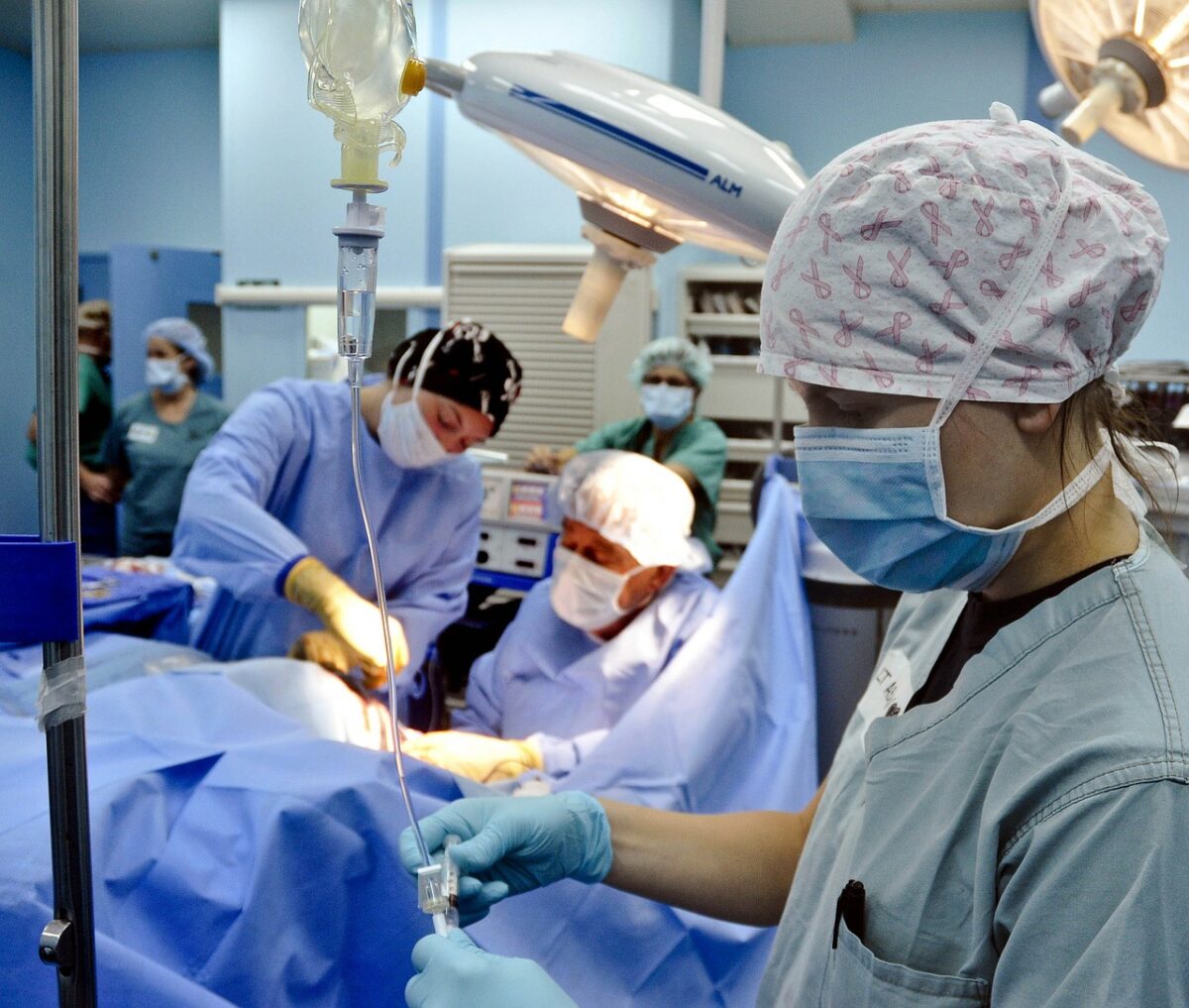 Doctors are leaving the medical field faster than they can be replaced. There are two important things healthcare leaders can do to ensure surgeons and anesthesiologists stay and continue providing patients the care they deserve. First, we need to ensure our surgical departments are adequately staffed. Second, we need to rethink how we staff and manage our surgical departments, especially when it comes to on-call duties.
Doctors are leaving the medical field faster than they can be replaced. There are two important things healthcare leaders can do to ensure surgeons and anesthesiologists stay and continue providing patients the care they deserve. First, we need to ensure our surgical departments are adequately staffed. Second, we need to rethink how we staff and manage our surgical departments, especially when it comes to on-call duties.
One staffing solution can help hospitals and healthcare systems to address these issues in a more strategic and effective way. But why are we having this conversation about retaining doctors in the first place?
From a practical standpoint, a number of factors impact physician retention and patients’ access to care. An important one is a surge in demand: 10,000 baby boomers are turning 65 every day, which is increasing the demand for age-related services.
Meanwhile, doctors themselves are aging, and there are fewer medical school graduates to fill their roles; within the next 10 years there could be a shortfall of more than 30,000 surgeons. The continued pressures of the pandemic’s fallout, along with the administrative burdens physicians face running their practice and the strain of on-call duty on top of their normal working hours, are driving doctors out of the profession. According to data from the American Association of Medical Colleges (AAMC), 25% of physicians have made plans for early retirement. Of those not leaving, one-third of them would like to reduce their work hours at a time when demand is rising.
For nearly every hospital, surgery is one of the top specialties that drive the most revenue. However, without fully staffed surgical teams that include qualified surgeons, anesthesiologists and advanced practitioners, hospitals are not able to meet patient demand for care or fill their surgical blocks. These factors are contributing to declining hospital revenues, resulting in service cuts and a protracted healthcare professional shortage in our country.
PREMIUM CONTENT: Level Up Your Staffing Game with AI-Powered Recruiting
When physicians are burned out by the demands of on-call duties on top of their normal administrative requirements and in-clinic hours, this leads to a reduction in the number of hours they’re able to work as time goes on. This in turn creates longer wait times for appointments or procedures, delaying care and negatively impacting the patient experience.
But the Surgicalist Model of staffing, which is already being used by hospitals nationwide, enables hospitals to staff adequately, manage their programs effectively and build centers of excellence while allowing doctors to live their best lives professionally and personally.
“Surgicalist” surgeons, as well as anesthesiologists and other advanced practice professionals work pre-set shifts with clinical teams supporting hospital emergency on-call needs or covering full surgical departments. Unlike temporary locum tenens physicians, these Surgicalists are dedicated to their hospital facility, serve on committees, engage with the community at large and work side-by-side with the hospital’s other medical staff physicians and employees as a true team member.
Surgicalist doctors work seven to 10 consecutive days per month, allowing for predictable blocks of time off. Meanwhile, the private practice surgeons they support have limited or no emergency department on-call responsibilities, eliminating care conflict. Because Surgicalist doctors cover on-call shifts, private practice surgeons in a hospital system or other healthcare practice can take time off, leave work at work, and return refreshed for the next day’s patients.
March 25-31 is National Physicians Week, a time when we should recognize the hard work that our country’s doctors do. It’s also a time for us to think about ways to change our healthcare system so that surgeons and anesthesiologists want to stay in the profession and serve the patients and facilities that desperately need them. Staffing and managing these clinicians in a way that helps all doctors live their best lives improves the lives of patients, which is the ultimate goal.
